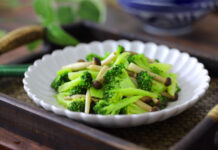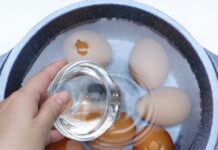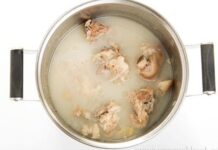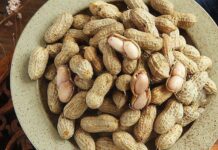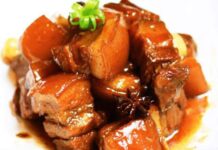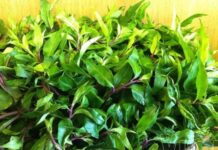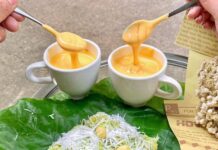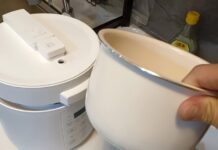Effective Ways to Restore Non-Stick Coating
Restoring the non-stick coating on a pan with milk is a simple and cost-effective method. Milk contains a protein called Casein, which, when heated, binds together to form a protective coating on the pan’s surface, restoring its non-stick ability.
Instructions:
Step 1: Pour enough milk into the pan to completely cover the bottom (you can use sweetened or unsweetened milk).
Step 2: Turn on the stove and bring the milk to a gentle boil for about 5 minutes. Avoid using high heat to prevent the milk from overflowing.
Step 3: After boiling, turn off the heat, pour out the milk, and thoroughly clean the pan to remove any milk residue.
Step 4: Test the non-stick coating by frying an egg. If the egg doesn’t stick and can be easily flipped, your pan is good as new.
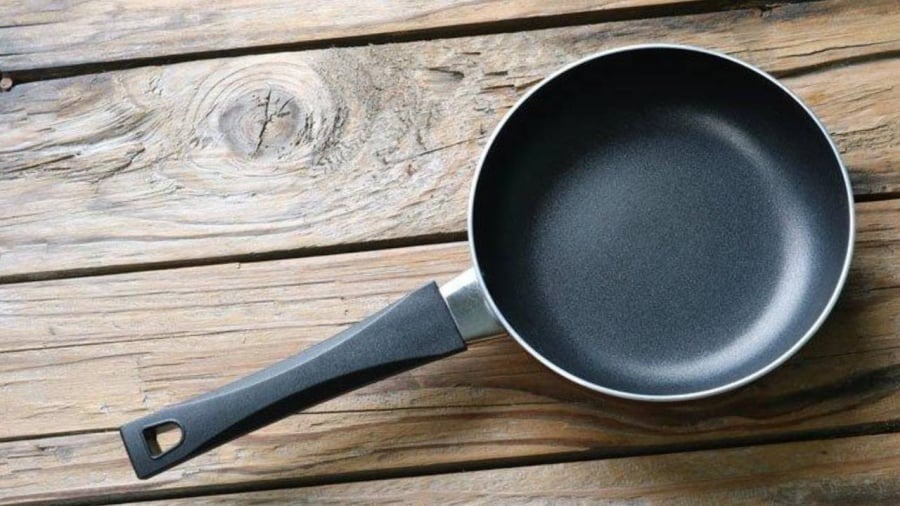
Restoring Non-Stick Coating with Potato
Preparation:
- 1 potato
- A small amount of salt
Instructions:
Step 1: Peel and cut the potato in half. Rinse and dry the halves.
Step 2: Sprinkle salt on the cut side of the potato and scrub the pan’s surface to clean the non-stick coating. Use the other half of the potato to scrub the bottom of the pan or any areas where the coating is peeling. Then, rinse the pan with clean water and wipe it dry.
Potatoes contain an acidic compound that can remove rust from pans that have been used for a long time. Additionally, riboflavin and folate in potatoes can combine with Teflon to restore the non-stick coating.
With these simple methods, you can restore the non-stick coating on your pan without having to buy a new one.
Restoring Non-Stick Pan with Coconut Oil and Salt
Coconut oil and salt are a simple and effective way to clean and restore the non-stick ability of your pan. This method not only regenerates the non-stick coating but also improves the pan’s performance. Here are the steps:
Preparation:
- 1 tablespoon of coconut oil
- Salt
- Paper towels
Instructions:
Step 1: Place the pan on the stove and add 1 tablespoon of coconut oil. Heat the oil and coat the entire surface of the pan.
Step 2: Let the oil boil for 2-3 minutes, then pour out the excess. Sprinkle salt over the entire surface of the pan to cover it completely.
Step 3: Use a paper towel to gently scrub the pan’s surface along with the salt. Then, pour out the salt and use another paper towel to wipe away any remaining oil and salt residue from the pan.
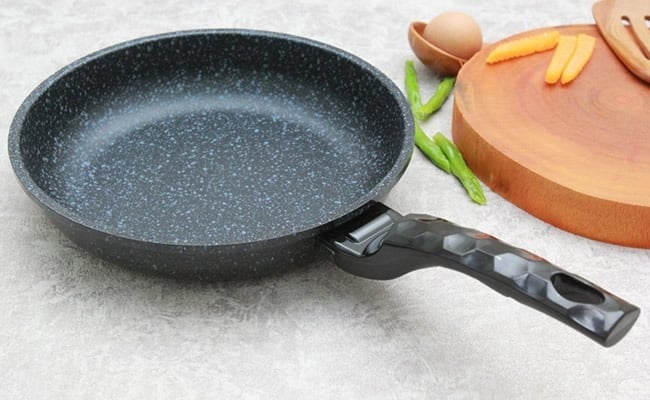
Note: These methods for restoring non-stick coatings are only temporary solutions. After a few uses, the non-stick ability may decrease, and you will need to repeat the above steps.
Some Tips for Using Non-Stick Pans
- Avoid overheating the pan for extended periods. Instead, always dry the pan with a towel before adding oil or food to prevent the release of toxic fumes from the Teflon coating.
- Do not cook at extremely high temperatures, as this can break down the Teflon and be harmful to your health.
- Ensure proper ventilation by opening windows and using exhaust fans while cooking.
- Use wooden or silicone utensils instead of metal ones to protect the non-stick coating.
- Clean the pan with a soft sponge to avoid scratching the coating.
Criteria for Choosing a Good Non-Stick Pan
- Non-Stick Coating: Look for coatings made from stone or ceramic patterns, as they are safer and more durable options.
- Pan Material: Consider pans made from cast iron, stainless steel, or aluminum alloys, each with its unique advantages. Cast iron retains heat well, while stainless steel is known for its durability and safety.
- Pan Bottom Construction: A pan with a fully-clad bottom conducts heat well and is durable. Pans with a flat bottom are also good heat conductors, while pans with a attached bottom are usually cheaper but less durable.
- Stove Compatibility: Non-stick pans are typically compatible with gas and infrared stoves. For induction stoves, ensure the pan has a flat, magnetic bottom. You can test this with a magnet.
- Weight: Cast iron pans are heavy but retain heat well. Aluminum pans are lighter and easier to handle, making them a popular choice for home cooks.
Choosing the right non-stick pan for your needs will help protect your health and make cooking more efficient.











